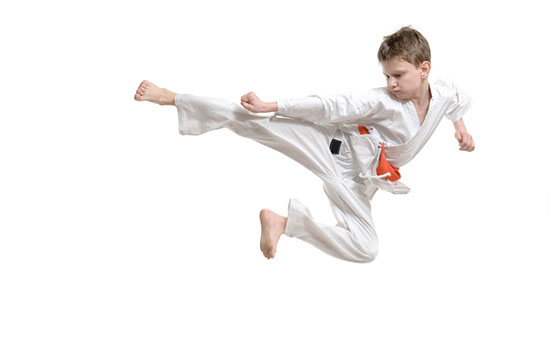is meant for self-defense and aims to improve the practitioners’ character. It takes a completely different approach from traditional martial arts, which predominantly focus on strategies and techniques commonly associated with combat.
However, this does not mean that other martial art practitioners cannot try out Aikido. A few principles are borrowed, and there are other martial arts where the philosophical approaches may be the same.
Kendo is a form of martial arts derived from Japanese sword arts like Aikido. Despite both having similar philosophical backgrounds, they have different techniques.
Kendo is more of a competitive sport than Aikido, which fosters a peaceful and spiritual approach to dealing with self-defense.
Thus, Kendo is categorized as one of the hard martial arts, which means it is based on using force against force.
Contents
The Use of Kedo and Katana
The application of katana principles in Kendo is to foster the discipline of human characters through the Japanese sword.
Aikido also incorporates Katana as a substitute for a real sword that is safe and inexpensive to use. However, they are mainly used in solo exercises, not with a partner.
Other weapons are incorporated, too but are not meant to be used as self-defense, with the focus being on the assailant’s energy and the momentum used against them.
Katana is not used a lot as there is less sparring during training. Unlike other hard martial arts, Aikido aims to teach its practitioners efficient techniques to use in self-defense rather than learning how to attack or use brute force on opponents.
Thus, the training is limited to specific techniques compared to other practitioners in hard martial arts like Krav Maga and Kung Fu.
Can Aikido Use Kendo Kata?
For most instances, no. Kendo kata refers to the movements applied in the sport’s training and learning.
This involves learning techniques, strike and body movements, and attack methods applied in the sport.
As part of the hard martial arts, Kendo kata is well-defined and essential in creating a good defense against other attacks.
Thus, its katas may not all apply to Aikido. As a sport, the Kendo kata involves weapon arts integrated as part of the techniques to be practiced and actualized.
Some movements may be used in Aikido, but different applications are also considered. Aikido uses bare hands, staff, and wooden swords.
These are all meant for self-defense mainly and self-improvement too. Some of the movements shared involve the inclusion of movements that encourage redirection and deflection of the opponents, which speaks more of the sport and how it intentionally avoids confrontation.
Both Kendo and Aikido require more than the physical power of a practitioner. Therefore, mental strength and preparedness are critical in the face of an attack.
They have a more open approach to watching the opponents carefully, almost like reading their intentions for self-defense.
This is matched by great posture and correct movement to defend yourself in the face of an attack. Movements and footwork are specially applied for Kendo kata due to the nature of the sport.
In many competitions, physical and mental strength is required to balance striking and defending yourself from an attack.
Both martial arts aim to open the practitioner’s mind to react and gauge an attacker. Aikido may not involve brute force and other blends of techniques to attack or self-defend; however, it heavily relies on correct strategies and leverages based on the opponent’s strength.
They are to use this to their advantage and ensure they have a better position for self-defense using minimal confrontation.
As with other forms of martial arts, Kendo and Aikido come from Japan’s oldest sword combat, and over time it was not ruled necessary.
Therefore, more to the martial was accorded to the discipline and skills that the practitioners possessed.
The character proved essential to the growth and beliefs of the Japanese, and through the principles of the Katana, it was possible to create value for the community and self through these arts.
Kendo’s approach focuses on advocating for effectiveness in strikes and thrusts at first opportunity shifting the emphasis to attacking as compared to Aikido which is more inclined to defend.
Take away
Soft martial arts differ greatly from hard martial arts and are limited in intense physical techniques applied in defensive techniques.
However, Aikido is still impressive, especially when well-understood and employed. It may prove underwhelming compared to other sports like Kendo; however, it can help you grow, build focus, and be effective if well-employed.
Thus, an effective option for good self-defense with less confrontation.




